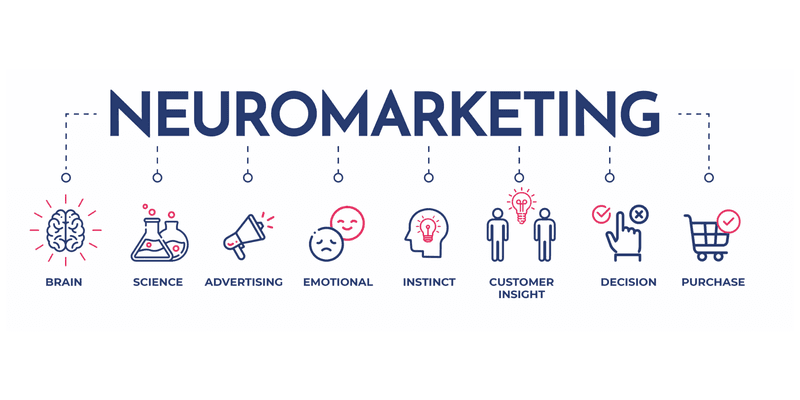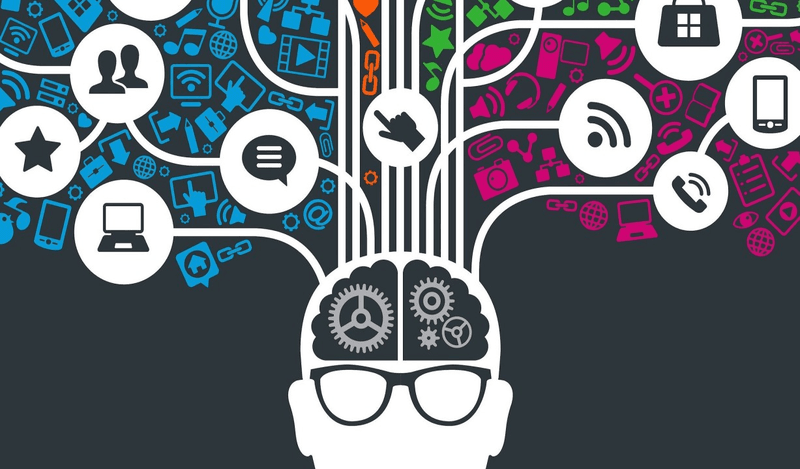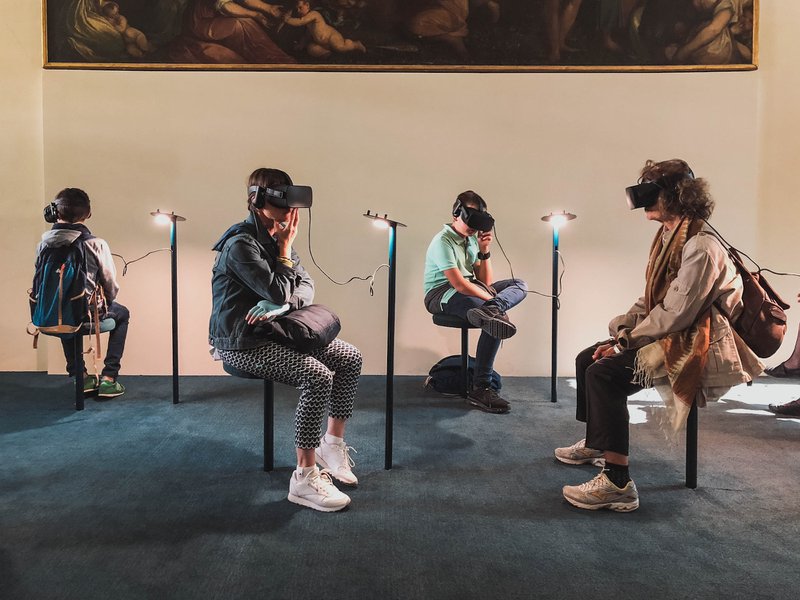
A Comprehensive Exploration of Influencer Marketing’s Pinnacle Trends – Micro-Influencers and Niche Targeting
December 6, 2023
Green Horizons: Mastering Sustainability Marketing for Eco-Friendly Products and Practices
December 26, 2023In an era flooded with incessant advertisements and an overwhelming array of choices, unraveling the complexities of consumer behavior has become an intricate challenge. Traditional market research methods often fall short in capturing the nuanced intricacies of decision-making processes. This is where neuromarketing emerges as a pioneering field, delving deep into the recesses of the human brain to unveil the mysteries behind consumer choices.

Decoding the Neuromarketing Puzzle
Understanding the Neurological Landscape
Neuromarketing harnesses advanced technologies—functional magnetic resonance imaging (fMRI), electroencephalography (EEG), and eye-tracking—to delve into the neural processes associated with consumer behavior. By monitoring brain activity, researchers can uncover patterns, emotions, and cognitive responses that conventional surveys and focus groups might inadvertently overlook.
Unmasking the Subconscious Influencers
A significant portion of consumer decision-making occurs on a subconscious level. Neuromarketing endeavors to unveil these hidden influencers that guide individuals toward specific choices. Whether it's the emotional impact of a brand logo or the subtle cues in a product's packaging, understanding these subconscious triggers equips marketers with a potent tool to craft more effective campaigns.

The Neuromarketing Advantage
Personalized Marketing Strategies
Recognizing that one size does not fit all, neuromarketing tailors marketing strategies based on individual neural responses. Companies can create campaigns that are not just tailored but resonate profoundly, enhancing customer satisfaction and significantly increasing the likelihood of conversion.
Enhancing User Experience
Neuromarketing extends beyond advertisements; it plays a pivotal role in shaping the overall user experience. By analyzing how consumers interact with products and services, businesses can optimize designs, interfaces, and functionalities to align seamlessly with the preferences of their target audience.
Ethical Considerations and Future Implications
Ethical Boundaries in Neuromarketing Research
As neuromarketing progresses, questions about privacy and the ethical implications of manipulating consumer behavior inevitably arise. Striking a balance between gaining valuable insights and respecting individual privacy is a challenge that both researchers and marketers must responsibly address.

Future Trends and Innovations
The evolution of neuromarketing is propelled by rapid technological advancements, opening the door to exciting innovations in understanding consumer behavior.
- AI and Machine Learning Integration: The integration of AI and machine learning promises to analyze vast datasets, predict trends, and enable real-time, hyper-personalized marketing strategies.
- Virtual and Augmented Reality Experiences: Technologies like virtual and augmented reality will offer immersive environments for observing consumer reactions and testing products in simulated yet realistic settings.
- Advanced Neurofeedback Techniques: Anticipate more sophisticated neurofeedback methods, providing real-time insights into consumer responses and empowering marketers to adapt campaigns instantly.
- Wearable Technology Integration: The rise of wearable devices will facilitate non-intrusive, real-world data collection, allowing researchers to capture authentic consumer experiences in various contexts.
- Ethical Considerations and Regulation: As neuromarketing becomes more prevalent, ethical considerations and regulations will emerge to ensure responsible use, addressing privacy concerns and potential manipulation.
- Neuro-Informed Product Design: Neuromarketing insights will not only influence marketing strategies but also impact product design, with companies leveraging neuroscientific principles to create products that resonate with consumers on a subconscious level.
Conclusion
Neuromarketing stands at the intersection of neuroscience and marketing, offering a transformative approach to unraveling the mysteries of consumer decision-making. In an increasingly saturated market, the insights gained from decoding the consumer mind through neuromarketing prove to be invaluable. Staying ahead requires not only adapting to current trends but also embracing the potential of emerging technologies that continue to redefine the relationship between consumers and brands. The future promises a dynamic blend of technology, ethics, and innovation, providing unprecedented opportunities for businesses to connect with consumers in profound and meaningful ways.





